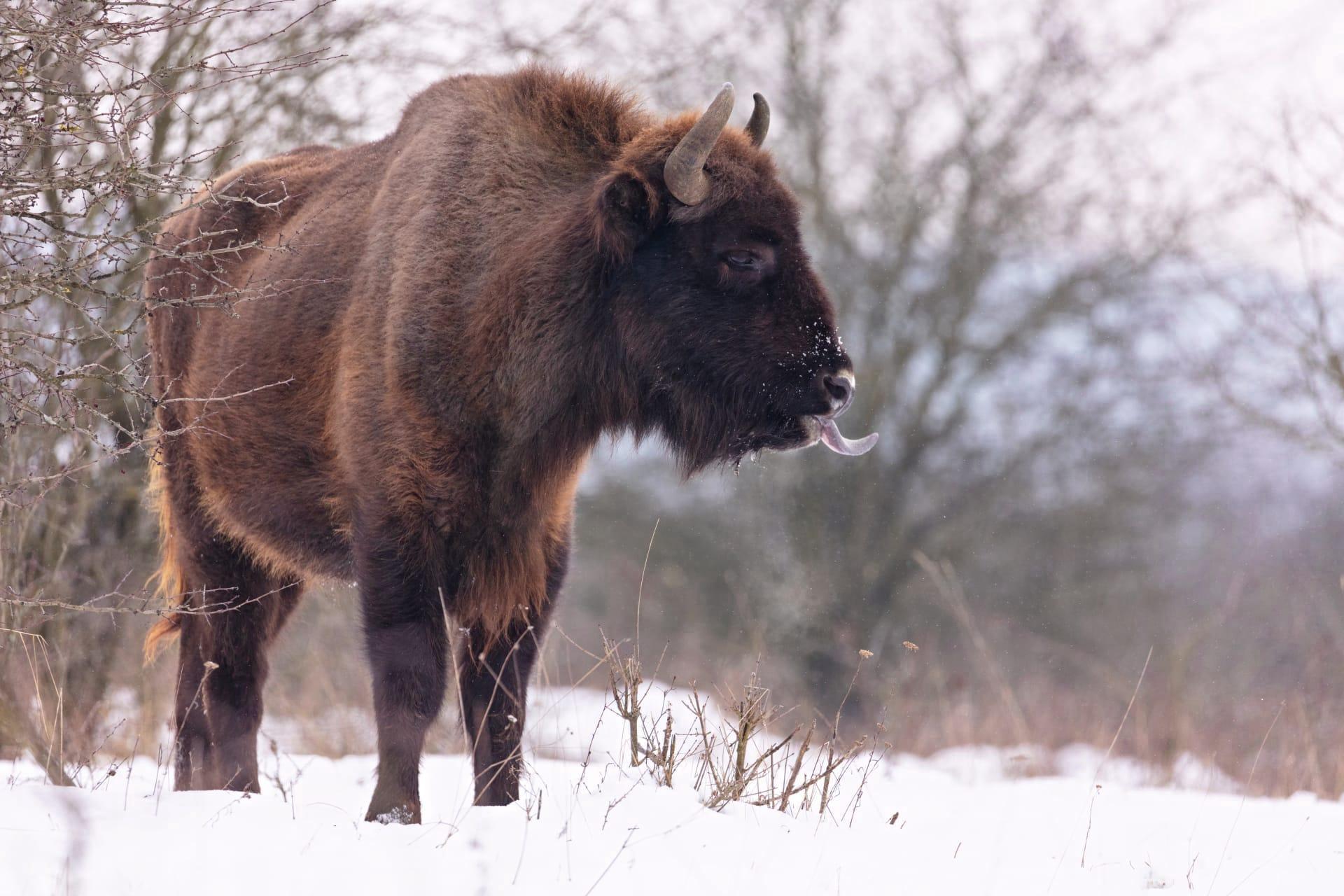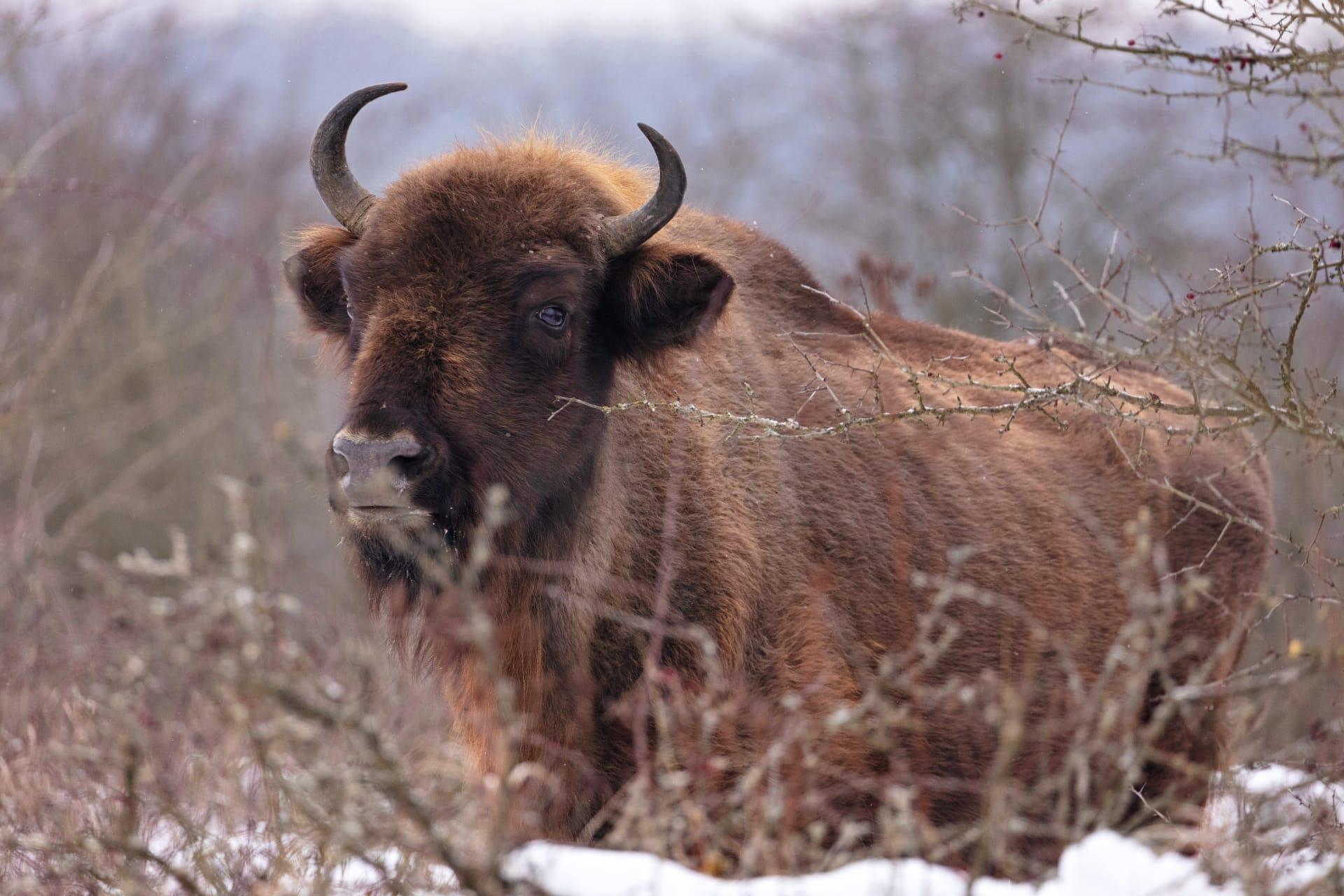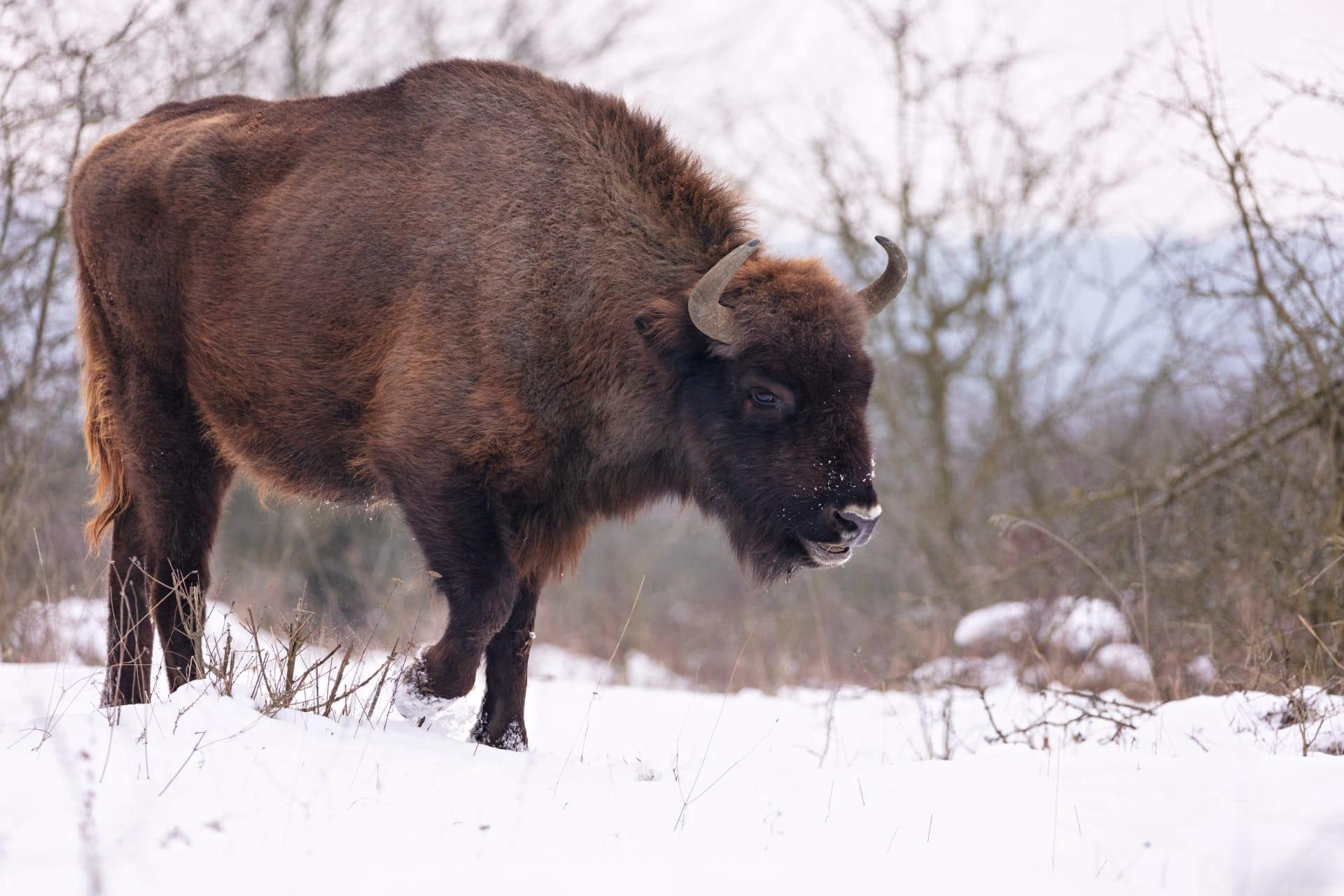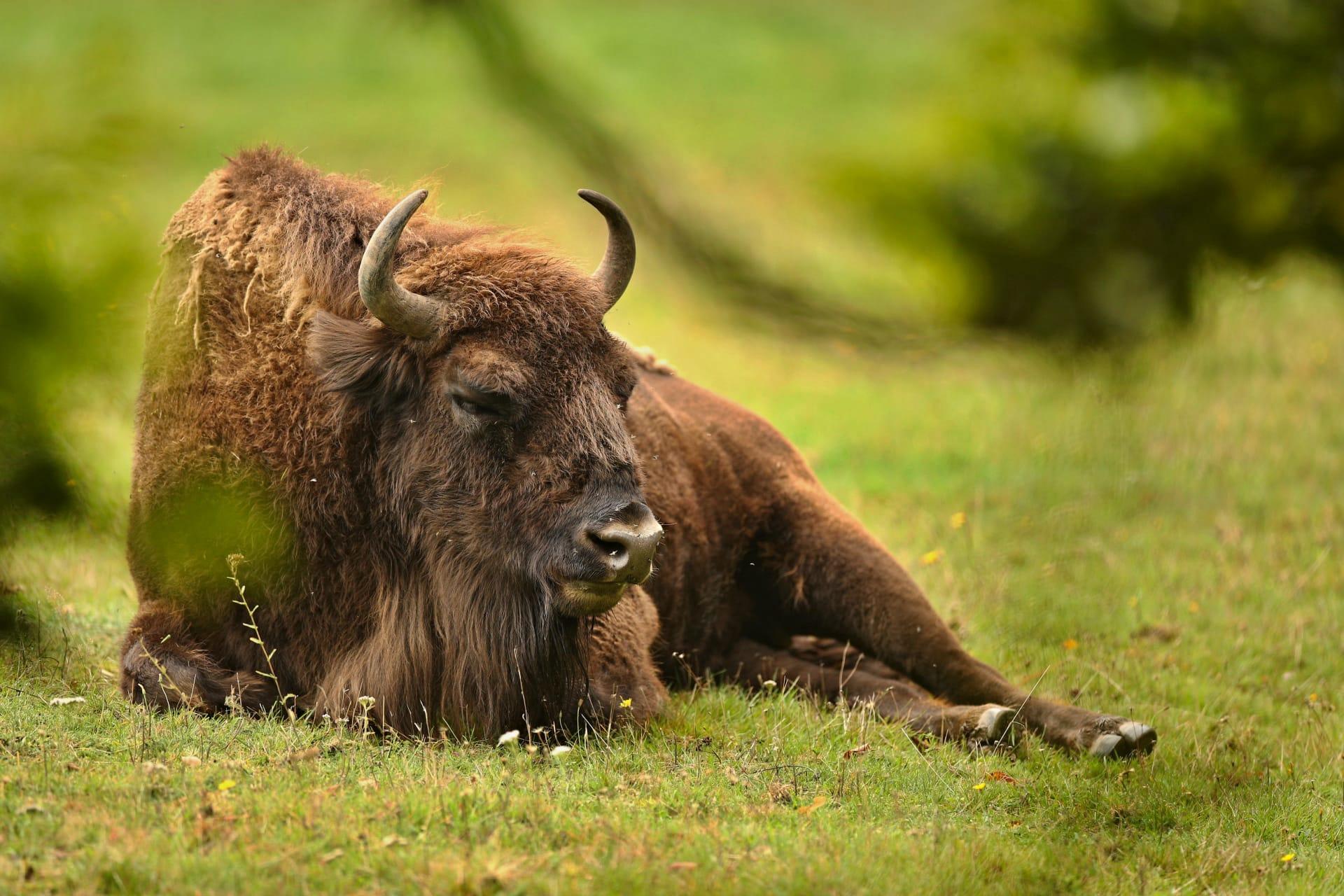1
Water buffalo, scientifically known as Bubalus bubalis, are not just agricultural assets but also ecological contributors. These mighty creatures, often weighing between 700 to 1200 kilograms, are known for their ability to transform wetlands. By wallowing in water, they create pools that increase the habitat diversity, benefitting various aquatic species. Their large hooves disturb the soil, aiding in seed dispersal and germination, which contributes to maintaining the ecological balance in their habitats.
Interestingly, water buffalo have a remarkable digestive system, capable of breaking down tough fibrous plant material. This ability not only allows them to thrive on grasses and plants that are often inedible to other animals but also plays a crucial role in nutrient cycling. As they digest these tough plants, they release significant amounts of nutrients back into the soil through their waste, enhancing soil fertility and promoting lush plant growth in their environment.

2
Despite their size and strength, water buffalo have a surprisingly long lifespan. In the wild, they can live up to 25 years, but under human care, their lifespan can extend to about 30 years. This longevity is quite impressive for such large mammals and is attributed to their robust nature and adaptability to various environmental conditions.
Water buffalo are also unique in their social structure. They form herds, usually consisting of females and their offspring, led by a dominant male. These herds are not just social groups but also a defense mechanism against predators. In the face of danger, water buffalo are known to form a circle, facing outward, with the young safely in the middle. This formation showcases their cooperative nature and instinct to protect the vulnerable members of their group.

3
One of the lesser-known facts about water buffalo is their swimming prowess. These animals are excellent swimmers and are often found in water-rich environments like wetlands and floodplains. They can traverse rivers and deep waters with ease, using their natural buoyancy and strong legs to move effectively. This ability not only helps them escape predators but also enables them to access new grazing areas across water bodies.
Another interesting aspect is the water buffalo's contribution to biogas production. In countries like India, their dung is commonly used as a renewable energy source. When fermented in biogas plants, it produces methane, which is used for cooking and lighting. This not only provides a sustainable energy solution but also reduces reliance on fossil fuels, contributing to environmental conservation efforts.

4
Water buffalo play a significant role in local economies, especially in Asia. They are extensively used in agriculture, particularly in rice cultivation. Their strength and ability to work in wet, muddy fields make them ideal for plowing and transporting goods in rural areas. This not only reduces the need for machinery but also supports traditional farming methods, sustaining livelihoods in many communities.
Interestingly, water buffalo milk is highly prized for its rich nutritional content. It has higher fat and protein content compared to cow's milk, making it ideal for producing dairy products like cheese and yogurt. In Italy, for instance, buffalo mozzarella is a famous delicacy, renowned for its creamy texture and unique flavor. This highlights the cultural and economic importance of water buffalo beyond their role as draft animals.

5
The horns of water buffalo are not just formidable weapons but also have cultural significance. In some regions, they are used as traditional musical instruments or crafted into ornamental items. The length of these horns can be astounding, sometimes reaching up to 2 meters from tip to tip. They are composed of keratin, the same material as human fingernails, and grow throughout the buffalo's life.
Water buffalo have a remarkable adaptive capability. Originally native to South Asia, they have been successfully introduced to other parts of the world, including Europe, Australia, and South America. Their ability to adapt to diverse climates and environments demonstrates their resilience and versatility. In new regions, they often become integral parts of local ecosystems, illustrating their remarkable ecological adaptability.